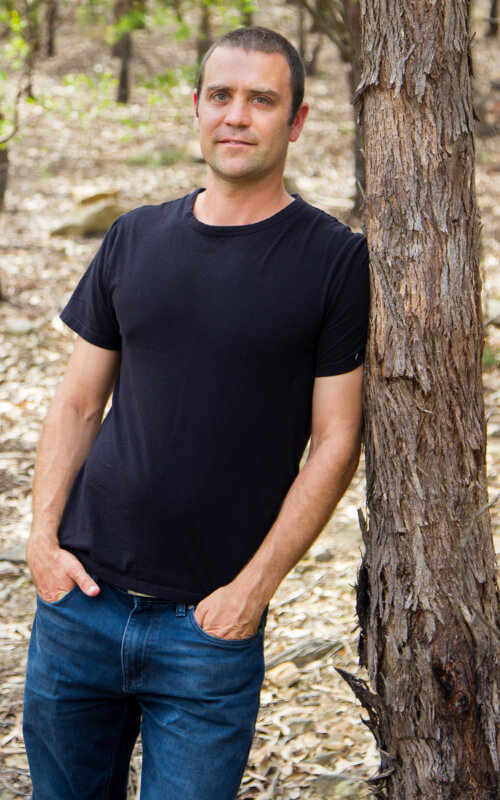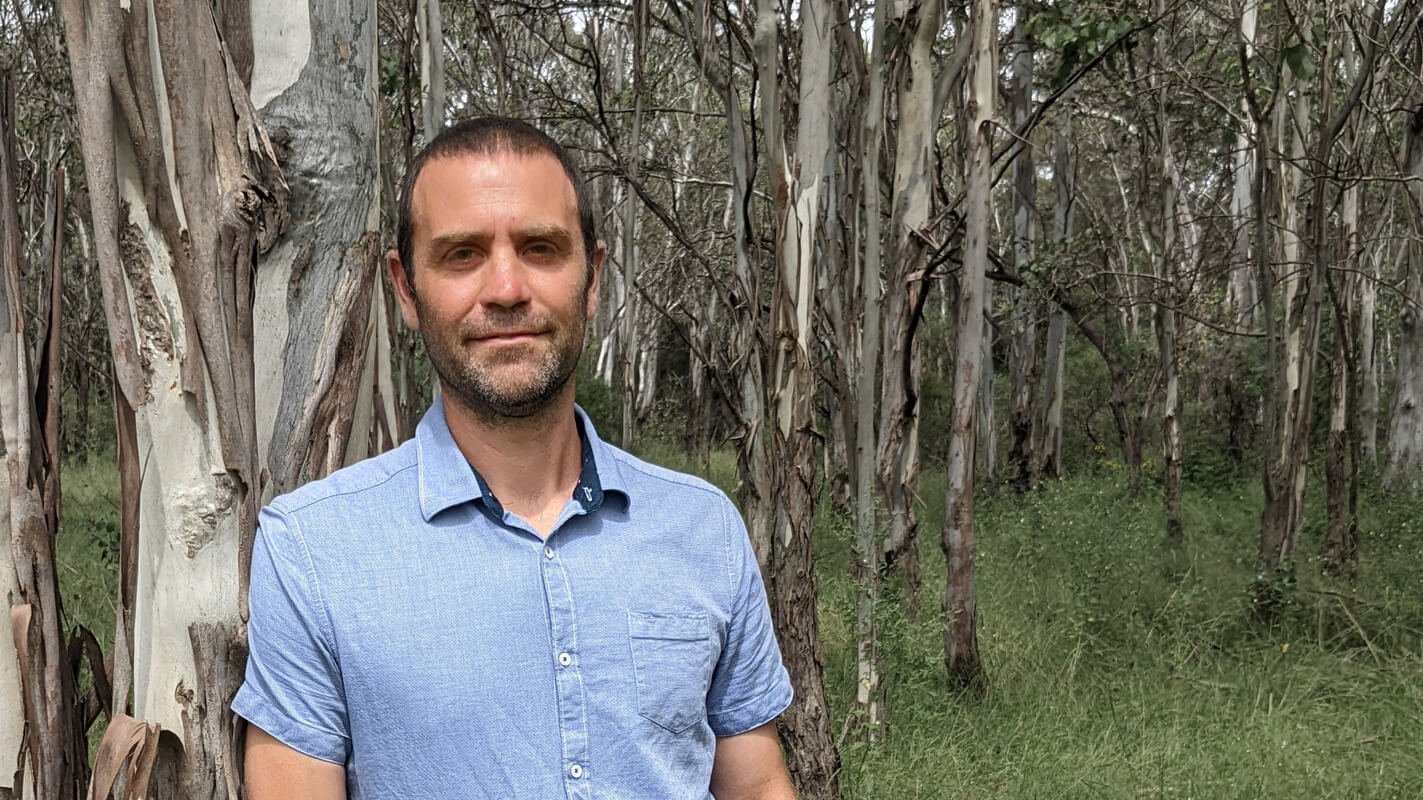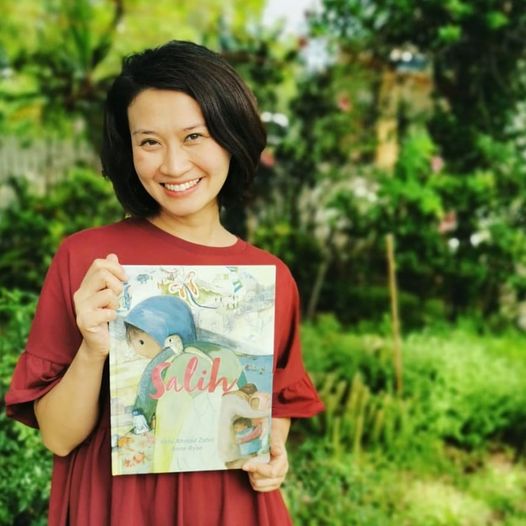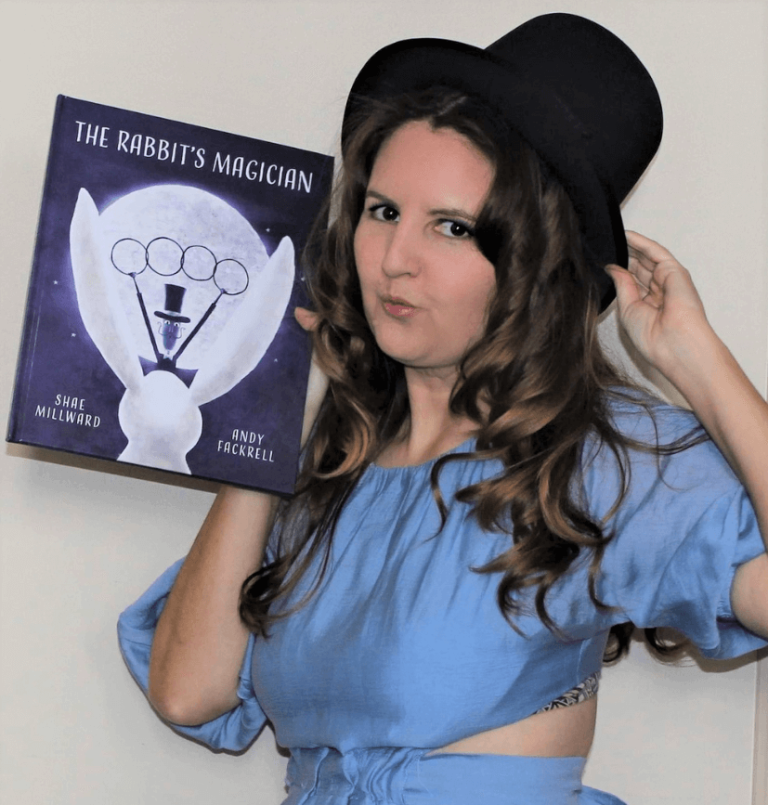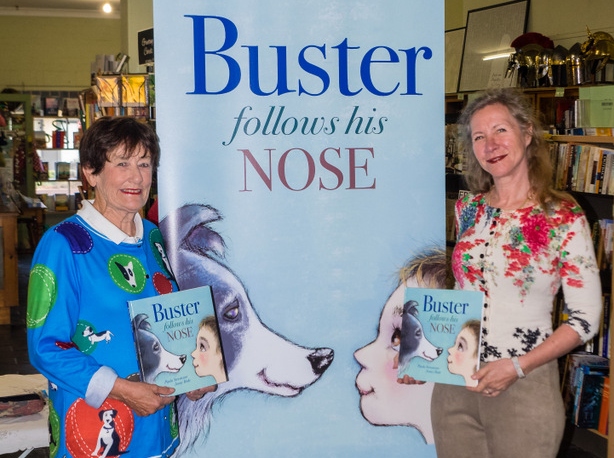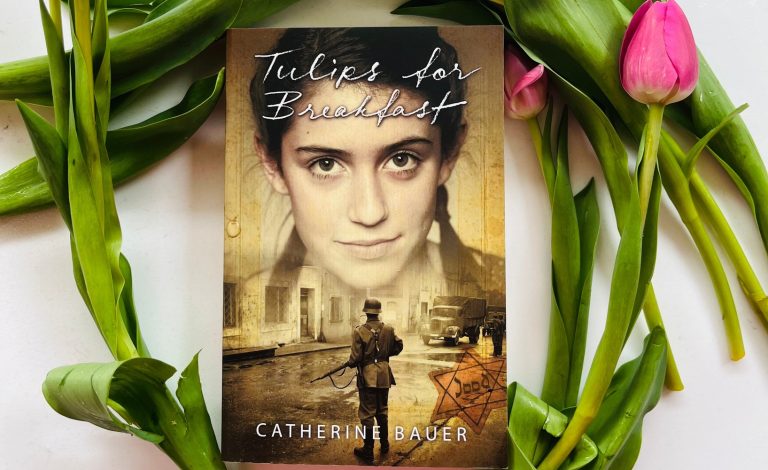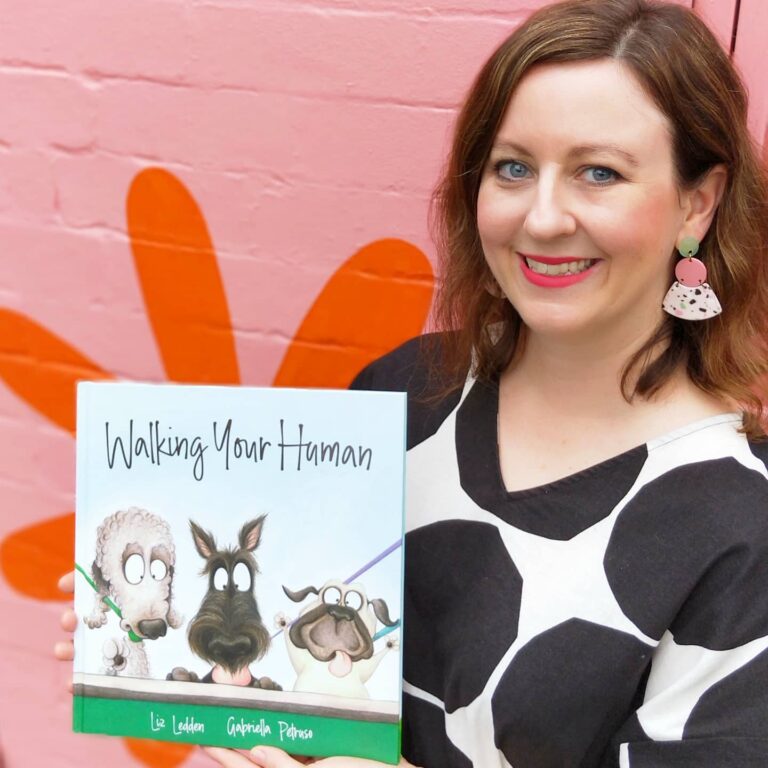Interview with Illustrator, Sami Bayly
This week on the book creator interviews,we have illustrator, Sami Bayly here! Sami tells us little known facts about some of the world’s craziest creatures, how she learned to draw animals in such great detail and accuracy, and even how a video of her rugby team went viral! Let’s jump straight into it!
Andrew: Hi Sami, great to have you on the blog for an interview! Tell us a bit about yourself, what books you have had published and add something most people don’t know about you.
Sami: Hey Andrew, thank you so much for having me! It is a great pleasure to have the opportunity to answer some fun questions with you.
Well firstly, I am 25 years old and I am currently living in Armidale, NSW. I am a children’s book author and illustrator that specialises in all things weird and wonderful! My books are The Illustrated Encyclopaedia of Ugly Animals and The Illustrated Encyclopaedia of Dangerous Animals. My upcoming book is titled The Illustrated Encyclopaedia of Peculiar Pairs in Nature. All of which are published by Lothian/Hachette Australia.
Something most people wouldn’t know about me is that I use to play women’s league tag and that a few years ago footage of my grand final went viral, with the main news channels around Australia and other countries airing the clip, including 10 News, Have You Been Paying Attention?, The Project and more.
Essentially we had a miracle win after the hooter went off because an opposing team player threw the ball in the air thinking they had won 6-4. However, since the ref had not blown the final whistle, one of the players on my team caught the ball and sprinted down the field, scoring a try and leaving us the winners of the grand final, 8-6. Watch it here
Andrew: Haha, classic! Now, given the quality of your drawings, I’m guessing you’ve drawn a few animals in your time. What were your favourite animals to draw when you were growing up? And how did you get so darn good?
Sami: Thank you! I certainly have drawn many different animals over the years, and for the books alone, I have painted at least 242 animals/plants. However, the main reason I am able to illustrate in a scientific manner is because I spent 4 years at the University of Newcastle studying a Bachelor of Natural History Illustration (Honours). This incredible degree was the only one of its kind in the southern hemisphere and fortunately was only 2.5 hours south of where I lived in Port Macquarie, so I am so thankful that I was able to experience it before it was sadly deemed to be in “teach out” mode, just last year.
Throughout the degree, we were taught how to draw plants and animals in a scientifically accurate way, as well as experiencing medical illustration, graphic design, biology, animation, photography courses and more. I learnt so much and it was during my third year of NHI that I was approached by Hachette, asking me to create a children’s book based on ugly animals, which I ended up doing for my honours project.
I can’t thank just my degree for my love/skills of illustrating, as my mum and dad were both very creative minded people, always making sure my sister and I had plenty of fun things to do. Whether it was playing the drums, piano, singing, colouring in, drawing or painting, I always felt encouraged to release my artistic side. We also had many different pets when growing up, as we lived on a small property on the outskirts of Port Macquarie. These pets were dogs, guinea pigs, rabbits, fish, birds, horses, cows and donkeys.
My mum would use these pets as inspiration for her own larger than life paintings that decorated the home, so I learnt quickly how valuable it was to utilise your surroundings when drawing, meaning my sketchbooks were often filled with pets, trees, CD and DVD covers, the loungeroom around me and more.
Andrew: It must have been heaps of fun researching the world’s most gorgeously hideous creatures! What was your favourite ugly animal to draw, and did you have a horrified grimace on your face the entire time you were drawing them?
Sami: It really was a surreal experience, sitting in my office and typing in “ugliest animals ever”, realising that this was now my job! It was even more bizarre when I had chosen all of the 60 creatures and began to research/illustrate them, so many disturbing animals that I didn’t even know existed! But it was a wonderful experience and I learnt so much about the natural world, evolution and how silly our beauty standards really are. Who are humans to judge an animal based on its appearance?
Although it is difficult to decide which animal is my favourite, I have managed to narrow it down to two: the marabou stork and the Suriname toad (but for very different reasons). The marabou stork is my favourite looking ugly animal, I had such a great time painting all of the wrinkles, tiny feathers on the head and scratchy textures in the beak. The large pink pouch was other worldly!
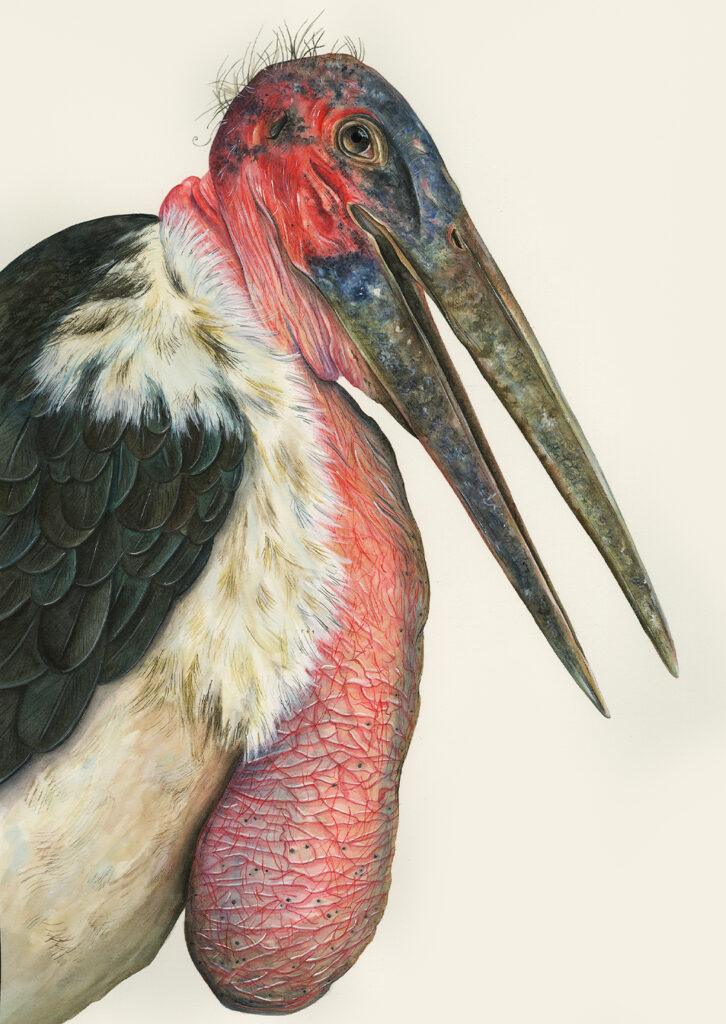
The Suriname toad is my favourite ugly animal, adaptation wise. If you didn’t know already, these toads are as thin as a pancake and have an adaptation that keeps their babies nice and safe. In order to prevent their eggs from being eaten off a nearby rock like many other frog/toad species, these toads have evolved to keep their young on their backs! After mating, the fertilised eggs are distributed onto the females back, which she then grows a thin layer of skin over the top of. After some time, the babies are ready to hatch and push themselves through the pores on the mothers back (just like black heads), swimming off into the water to start their lives. I was in utter awe researching and illustrating these two creatures!
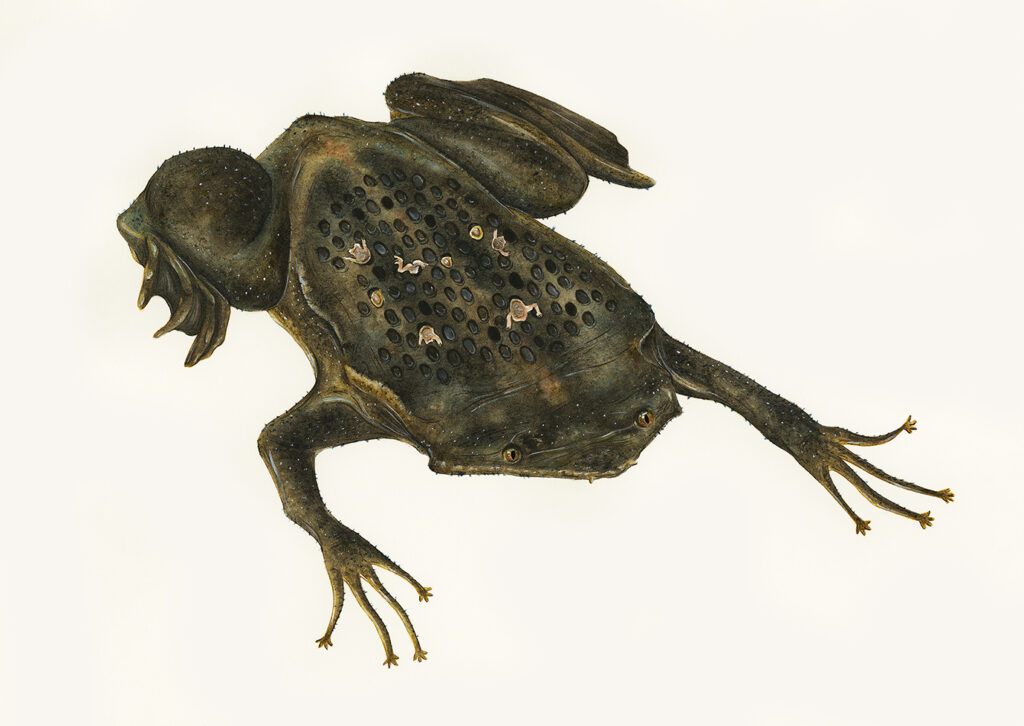
Andrew: In The Encyclopaedia of Dangerous Animals, are there any dangerous creatures that people wouldn’t normally think of as dangerous? And which one would you be most afraid to meet?
Sami: When making The Illustrated Encyclopaedia of Dangerous Animals, I really wanted to steer clear of the typical dangerous animals that you see in the media and other books. So I decided to go with many unexpected dangerous animals, that way I could share the more unusual species with kids around Australia and encourage them to explore the natural world (while also respecting it). Some of the most unexpected dangerous animals would have to be the African giant swallowtail, blue and yellow macaw, blue dragon, crown-of-thorns starfish, greater slow loris, pork worm and the spider-tailed horned viper.
While, I would love to explore all of the unusual dangerous abilities behind these animals, I will limit it to just one, the greater slow loris. This small and furry mammal is nocturnal and believe it or not, it has poisonous glands on its elbows. It licks its elbows and mixes the toxins in its mouth with its saliva, using its toothcomb to assist it. Then if it were to bite you in self-defence, you can get very sick and potentially die!
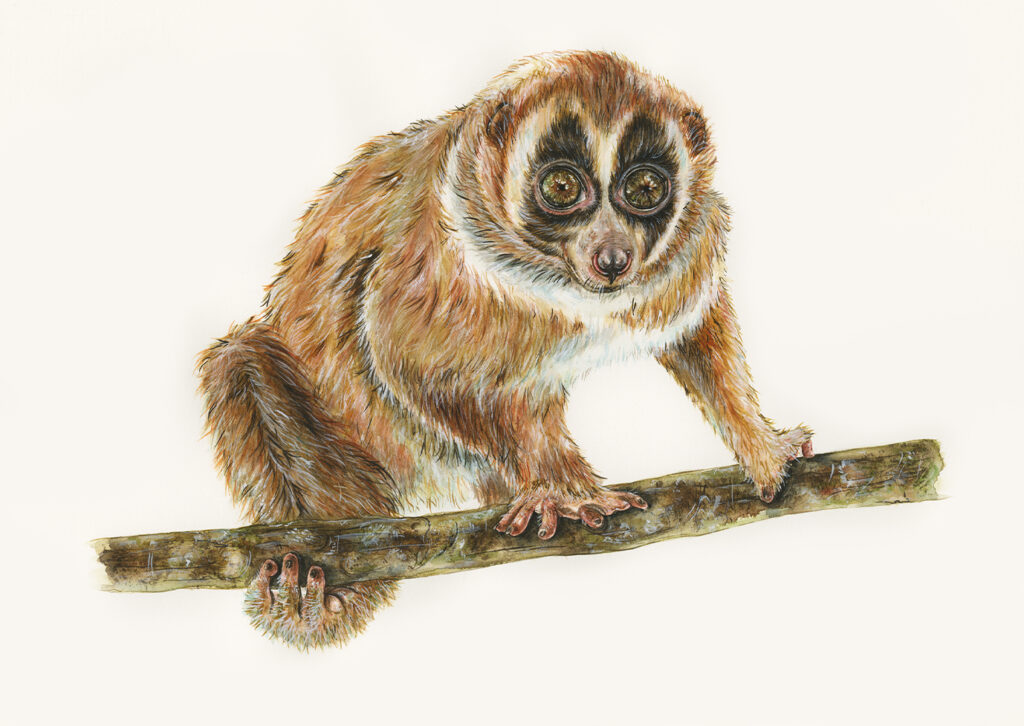
The animal I would least like to come across in real life would have to be the Irukandji jellyfish, mostly because I know if I were to see one whilst swimming, it would most likely be too late! By the time I would have spotted it probably would have already stung me!

Andrew: I read on your website that you love experimenting with new mediums. What’s the coolest one you’ve tried? And what’s the process?
Sami: Yes! I have tried many mediums over the years, especially in university whilst studying. These included pencil, graphite dust, watercolour, watercolour pencils, pen, acrylic, gouache, charcoal, digital and more. I would say my favourite one would have to be watercolour, which is what I have done all of the paintings inside the books with.
The coolest one however, would have to be graphite dust! This is a super simple technique that involves a dry brush and scrapings of graphite from a pencil. You can easily do this with a sharp blade and collect the dust into a small bowl, then you coat your brush in the graphite dust and slowly build up tonal depth on your paper. After a few layers, it gives a great shaded appearance and doesn’t leave pencil marks!
Andrew: Nice! So, what age group would be perfect for exploring the encyclopaedias?
Sami: My books have been created for kids aged around 7-12. However, I made sure to not simplify any of the information too much, as I believe kids are most definitely smart enough to comprehend scientific information like conservation statuses, habitats, diets and more. I would say that this book can also be read, understood and appreciated by those much older than 12 as well. I have had many parents, teachers, librarians, grandparents and more tell me that they have also enjoyed these books and that it most definitely is not limited to a particular age range.
Essentially I created these books with myself in mind. Would I have picked this book up off the shelves as a kid, teenager and adult? Would I learn from and enjoy it? If I could answer yes to these kinds of questions, then I knew I was on the right path.
Andrew: Thanks so much for coming on the blog for an interview Sami! What’s the best way for people to follow you, your incredible illustrations and find your books?
Sami: No, thank you, Andrew! I had a blast! I am always posting on my socials (even posting the occasional upcoming book sneak peek), so you can follow me on:
Instagram: @samibayly
Facebook: @SamiBaylyArt
Twitter: @samibayly
If you looking to purchase signed/personalised books or other pieces of my art, you can find them on my Etsy or on my website.
Otherwise, I always recommend supporting your favourite local bookshop!
It was so awesome having Sami Bayly here for an interview. Keep your eye out for her upcoming book The Illustrated Encyclopaedia of Peculiar Pairs in Nature. And if you love getting to know children’s book creators, read more interviews! Or browse some kids book reviews. Get a monthly email with new reviews, interviews and the occasional giveaway by signing up to my email list.
Thanks,
